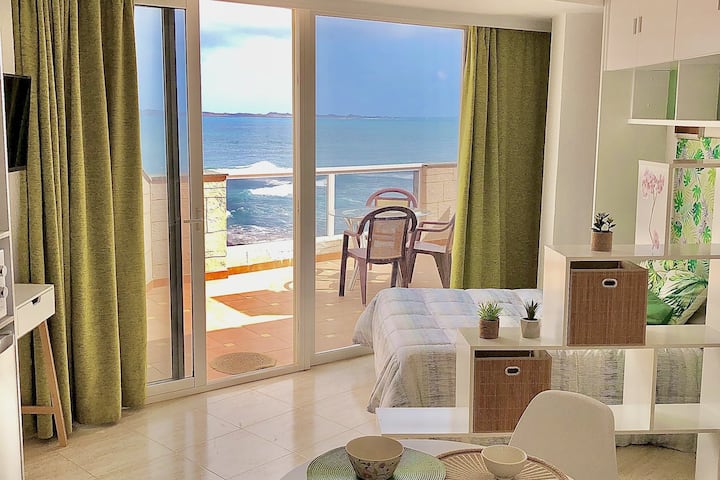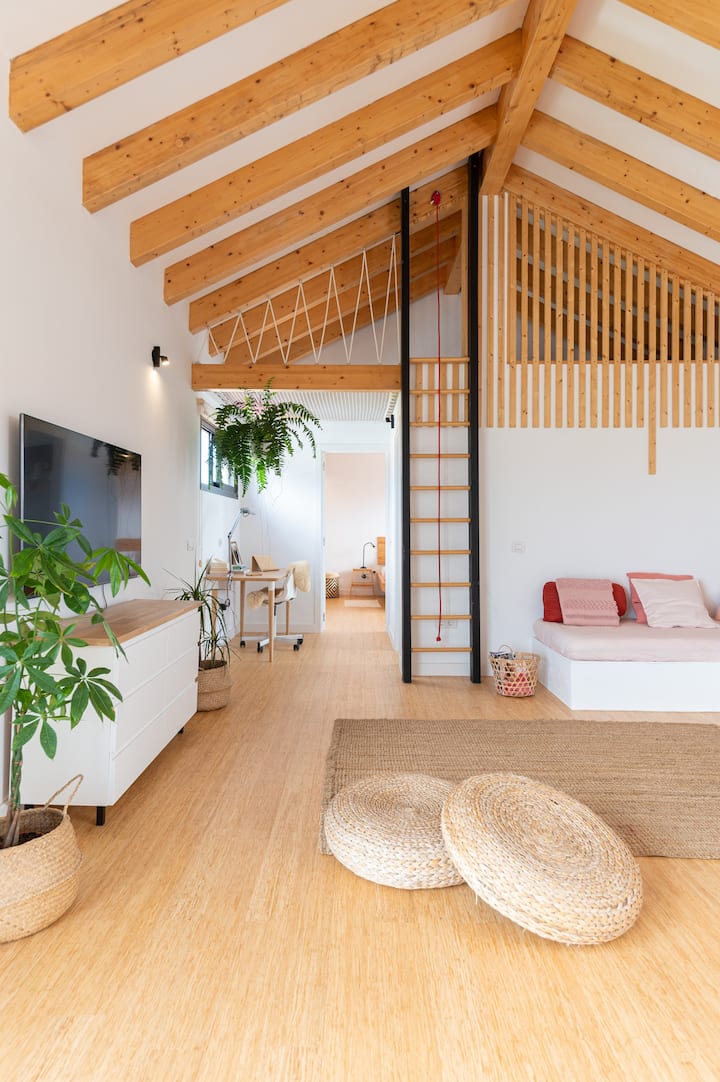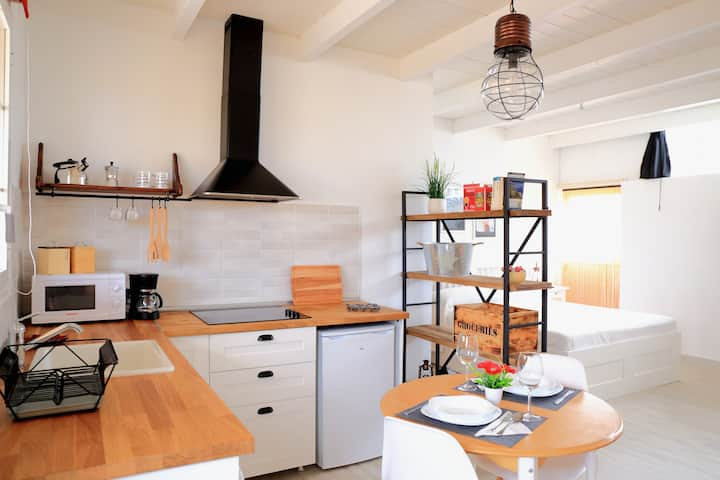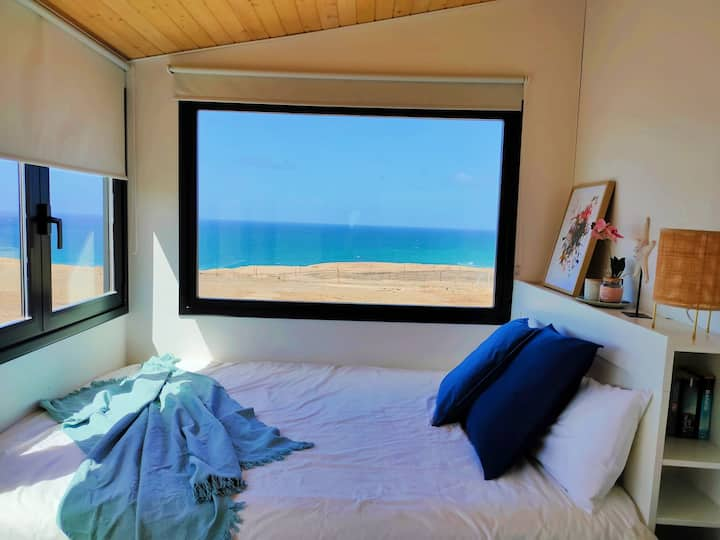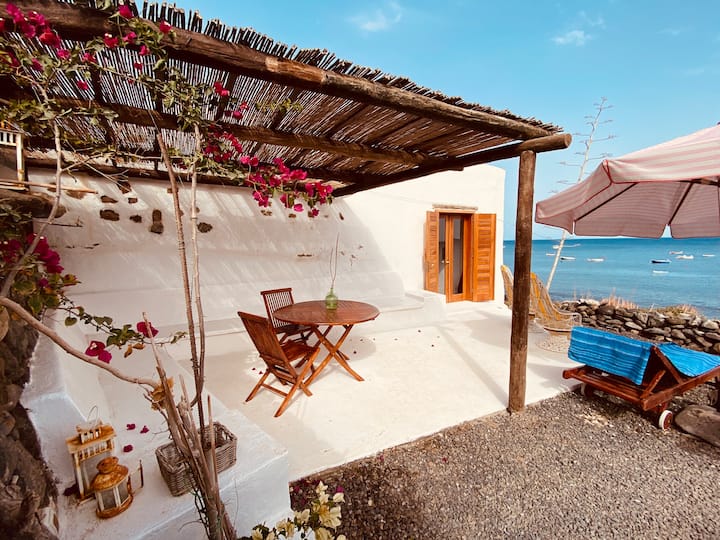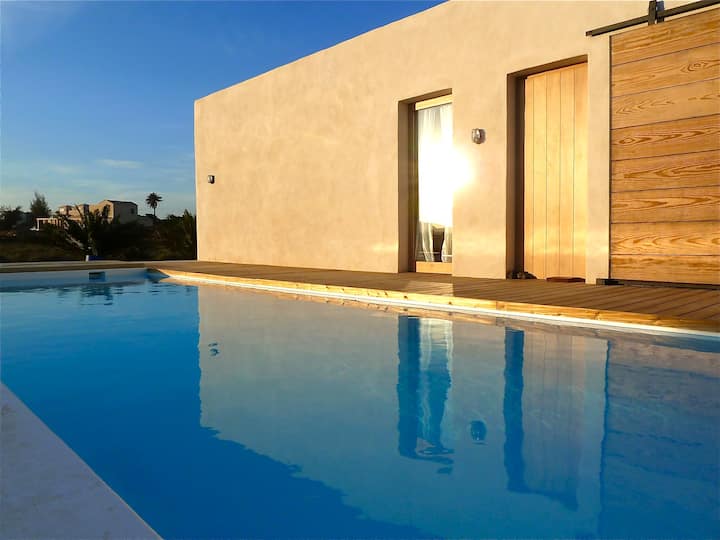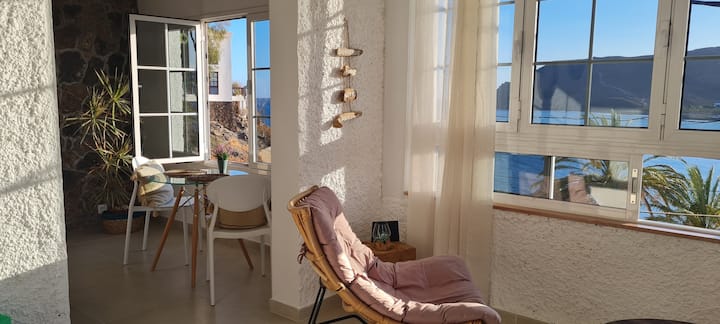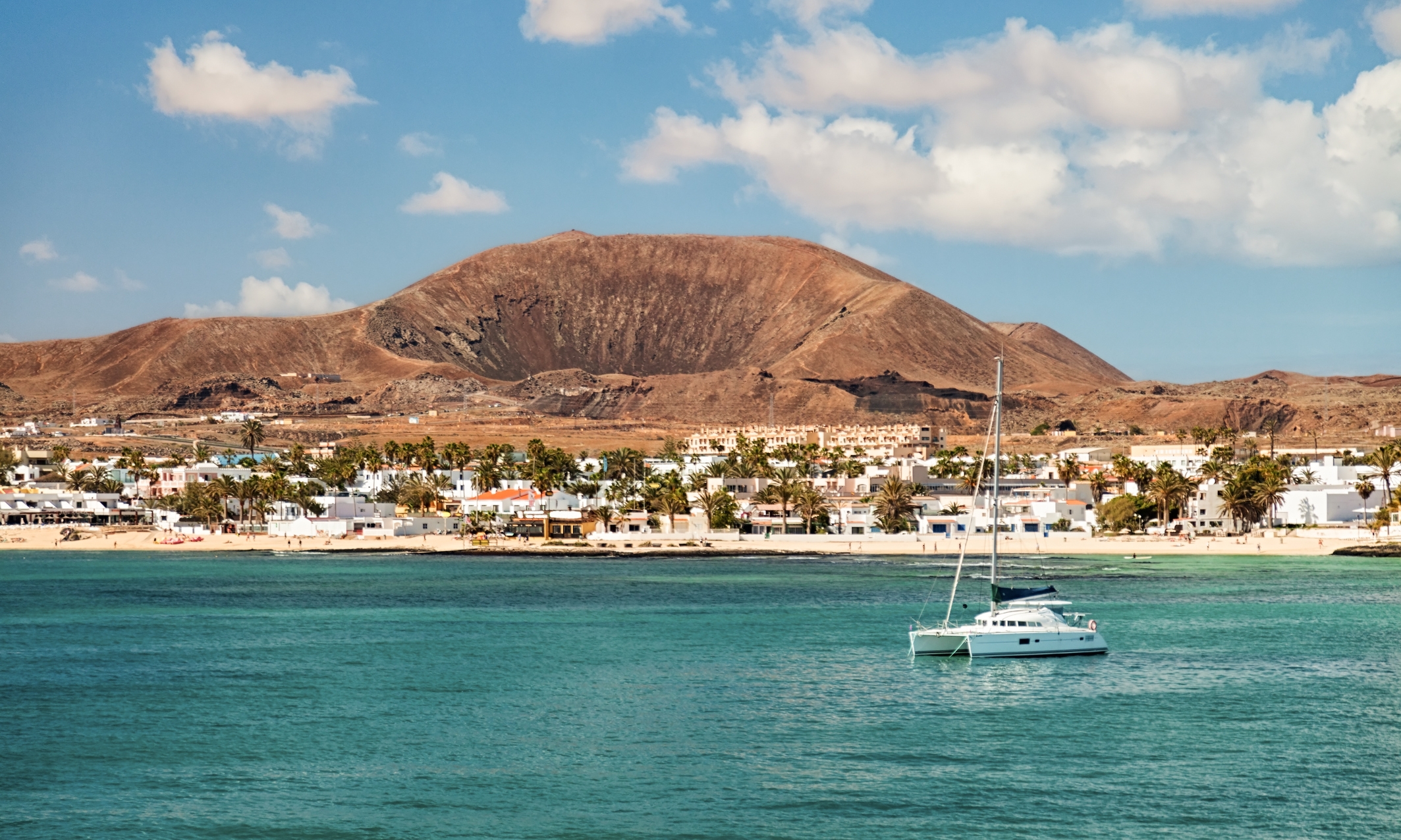
Holiday rentals in Fuerteventura
Find and book unique accommodation on Airbnb
Top-rated holiday rentals in Fuerteventura
Guests agree: these stays are highly rated for location, cleanliness and more.
Holiday rentals for every style
Get the amount of space that is right for you
Popular amenities for Fuerteventura holiday rentals
Other great holiday rentals in Fuerteventura

Bungalow in La Pared
4.98 out of 5 average rating, 60 reviewsFinca Palmeras in La Pared
21–28 Jul
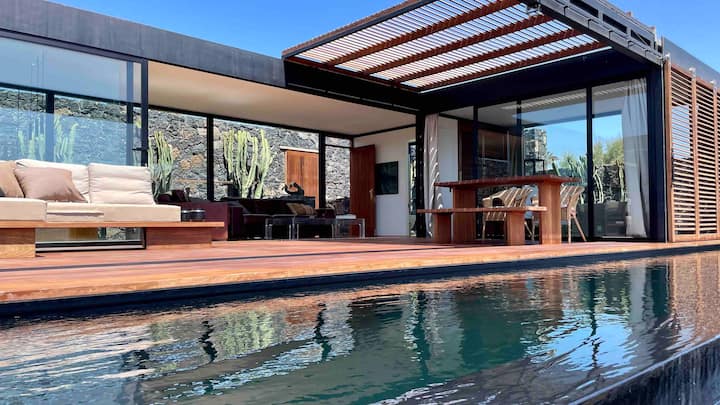
Home in Pájara
5.0 out of 5 average rating, 41 reviewsWake up to nature in this modern glass house.
22–29 Jan

Apartment in Corralejo, Fuerteventura
4.88 out of 5 average rating, 49 reviewsAntili al Mar• Heated pool• Front beach• Bay views
11–18 Feb

Home in La Oliva
5.0 out of 5 average rating, 34 reviewsSalty Rocks, volcano views in Lajares
16–23 Feb
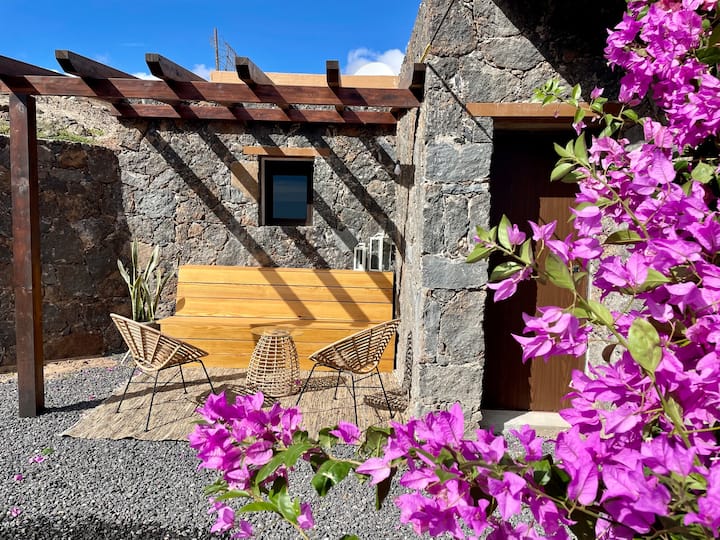
Cottage in Las Palmas
4.92 out of 5 average rating, 64 reviewsPleasant cottage in the valley
30 Sept – 7 Oct

Home in Lajares, Fuerteventura
4.9 out of 5 average rating, 21 reviewsAmi Lajares Studio
16–23 Jun
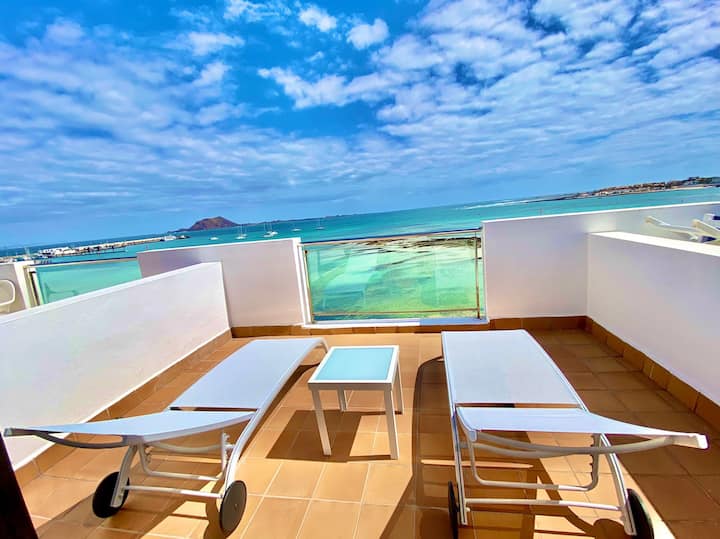
Apartment in Corralejo
5.0 out of 5 average rating, 29 reviewsBeautiful apartament on the beachfront
13–20 Jan

Flat in Corralejo
5.0 out of 5 average rating, 6 reviewsLuxury Penthouse Valentin with jacuzzi
21–28 May
Your guide to Fuerteventura
All about Fuerteventura
With more than 100 miles of white-sand beaches, turquoise waters, and rugged landscapes formed by ancient volcanic eruptions, Fuerteventura is the second-largest of Spain’s Canary Islands, located off the coast of West Africa. Home to large stretches of coastline untouched by human development, it was designated a UNESCO Biosphere Reserve in 2009 and today caters both to travelers looking to escape from it all and those with a penchant for modern amenities. Find golfing, shopping, and all manner of water sports at Caleta de Fuste on the island’s east coast, or spend your vacation visiting a different beach every day, each more remote than the last. Highlights include the tranquil shores of Costa Calma in the south; the wild, pristine expanses of Cofete in the west; and La Concha in the north, near the fishing village of El Cotillo in the La Oliva municipality. The half-moon-shaped beach is sheltered by a natural lava reef that teems with life. Wherever you wind up, don’t forget to sample the local goat cheese, majorero, delicious with a touch of Canarian palm honey.
The best time to stay in a holiday rental in Fuerteventura
Just reading about Fuerteventura’s 3,000 hours of annual sunshine is enough to make many a snowbird fantasize about renting one of Fuerteventura’s villas — if not relocating permanently. With an arid, desert-like climate, the Canaries enjoy warm and pleasant weather all year long and very little rainfall (fewer than 8 inches a year on the coast). The temperature is usually in the 70s or low 80s Fahrenheit, whether it’s January or June, and the water is a few degrees cooler, ranging from around 64 in the winter to 73 or so in the summer, so its crystal-clear seas are good for diving at any time of year. Surfers love the waves generated by the steady afternoon trade winds that blow across the island; occasional hot gusts can sweep over from Africa, bringing temperature spikes and reduced visibility thanks to the desert sand.
Top things to do in Fuerteventura
Corralejo Natural Park
Located in the northeast of the island, this natural park is home to the largest sand dunes in the Canaries. Find a beach cove for sunbathing or bring your hiking shoes for a trek up the Montaña Roja, a dramatic 1,000-foot red mountain volcano whose summit offers breathtaking views.
Isla de Lobos
Accessible by ferry boat or private charter from Puerto de Corralejo, this 1.8-square-mile island nature reserve is home to a variety of sea birds and native flora. Visitors can experience it by means of walking trails that lead to a lighthouse, a windmill, and a beach lagoon, or get a glimpse of the sea life offshore with a snorkel or diving excursion.
Betancuria Old Town
The oldest city on the island, colonial Betancuria was founded in 1404 and was Fuerteventura’s capital until 1834. It’s home to the Museum of Archaeology and Ethnography, with exhibits on the earliest inhabitants of the Canaries, and a wealth of historic churches, including the church of Santa María de la Concepción and the old Franciscan convent of San Buenaventura.
Destinations to explore
- Corralejo Holiday rentals
- Las Palmas de Gran Canaria Holiday rentals
- Lanzarote Holiday rentals
- Gran Canaria Holiday rentals
- Maspalomas Holiday rentals
- Puerto Rico de Gran Canaria Holiday rentals
- Santa Cruz de Tenerife Holiday rentals
- Puerto de la Cruz Holiday rentals
- Tenerife Holiday rentals
- Los Cristianos Holiday rentals
- Playa de las Américas Holiday rentals
- Costa Adeje Holiday rentals
- Loft rentals Fuerteventura
- Flat rentals Fuerteventura
- Rentals with a sauna Fuerteventura
- Waterfront rentals Fuerteventura
- Rentals with a cinema Fuerteventura
- Rentals with a hot tub Fuerteventura
- Fitness-friendly rentals Fuerteventura
- Cottage rentals Fuerteventura
- Chalet rentals Fuerteventura
- Apartment rentals Fuerteventura
- Villa rentals Fuerteventura
- Beachfront rentals Fuerteventura
- Rentals with a patio Fuerteventura
- Family-friendly rentals Fuerteventura
- Beach house rentals Fuerteventura
- Private suite rentals Fuerteventura
- Family-friendly rentals Fuerteventura
- Tiny house rentals Fuerteventura
- Rentals with a fireplace Fuerteventura
- Smoking-friendly rentals Fuerteventura
- Holiday home rentals Fuerteventura
- Townhouse rentals Fuerteventura
- Rentals with a firepit Fuerteventura
- Bungalow rentals Fuerteventura
- Guest house rentals Fuerteventura
- Rentals with pools Fuerteventura
- Rentals with breakfast Fuerteventura
- House rentals Fuerteventura
- Rentals with a washing machine and dryer Fuerteventura
- Wheelchair-accessible rentals Fuerteventura
- Rentals with outdoor seating Fuerteventura
- Pet-friendly rentals Fuerteventura
- Rentals with beach access Fuerteventura
- Serviced apartment rentals Fuerteventura
- Rentals with an EV charger Fuerteventura
- Monthly Rentals Fuerteventura
- Rentals with lake access Fuerteventura
- Yurt Rentals United States
- Yurt Rentals United Kingdom
- Castle Rentals United States
- Houseboats United States
- Holiday Caravans United Kingdom
- Private Island Rentals United States
- Farm Houses United States
- Farm Cottages United Kingdom
- Cabin Rentals Australia
- Luxury Cabins United Kingdom
- Luxury Cabins United States
- Holiday Chalets United Kingdom
- Cottage Rentals United States
- Holiday Cottages United Kingdom
- Mansion Rentals United States
- Villa Rentals United Kingdom
- Holiday Bungalows United Kingdom
- Bungalow Rentals United States
- Condo Rentals United States
- Holiday Apartments Australia
- Holiday Houses United States
- Holiday Houses United Kingdom
- Private Holiday Rentals United Kingdom
- Big House Rentals United States
- Big Cottages Australia
- Large Villas United Kingdom
- House Rentals with a Pool United States
- Cabin Rentals with a Pool United States
- Villas with a Pool United Kingdom
- Apartments with a Hot Tub United States
- Holiday Cottages with a Hot Tub United Kingdom
- Beach Cabins United States
- Beach Condos United States
- Beachfront Rentals United States
- Beach Houses United Kingdom
- Beach Villas United Kingdom
- Coastal Cottages United Kingdom
- Pet-Friendly Vacation Rentals United States
- Pet-Friendly Beach Rentals United States
- Pet-Friendly Cabin Rentals United States
- Dog-Friendly Cottages United Kingdom
- Luxury Dog-Friendly Cottages United Kingdom
